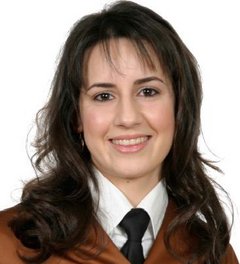Random Sample Consensus
From MMVLWiki
|
2D rigid object recognition with RANSAC. Here a random sample consists of two features
|
RANSAC
RANSAC is a well-known algorithm for dealing with outliers while fitting a parametric model to some input data. Applied to object recognition RANSAC requires scene-features, model-features, and feature descriptors with a similarity measure as input. A randomly selected set of features (one feature for translational model, two features for estimating translation and rotation) in the scene is picked and a fit for the pose of the model is generated which maps the best correspondences of the model into the scene. If the geometric constraints are fulfilled, the number of inliers is computed (i.e. the number of model features having a good correspondence at the appropriate location in the scene). This final step is called the consensus step. If the number of correspondences is considered to be sufficiently high, this larger set of correspondences is used to improve the parameters of the final estimate. See project report (http://vision.eng.shu.ac.uk/jan/report_rodriguez.pdf) for more details. The best results where achieved by using appearance templates as feature descriptors [1] (http://www.cs.bris.ac.uk/home/pupilli/publications/thesis.pdf).
See Also
External Links
- Recognition of 2D-objects using RANSAC (http://vision.eng.shu.ac.uk/jan/report_rodriguez.pdf)
- Wikipedia article on RANSAC (http://en.wikipedia.org/wiki/RANSAC)
- Particle Filtering for Real-time Camera Localisation (http://www.cs.bris.ac.uk/home/pupilli/publications/thesis.pdf)



